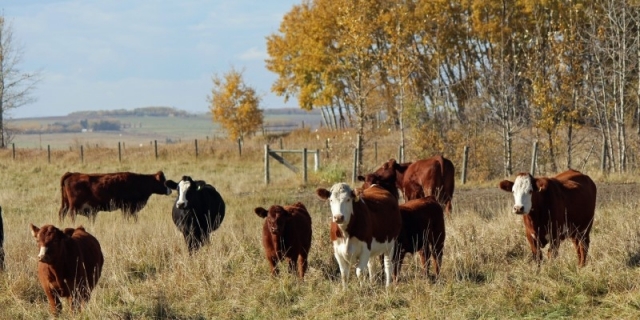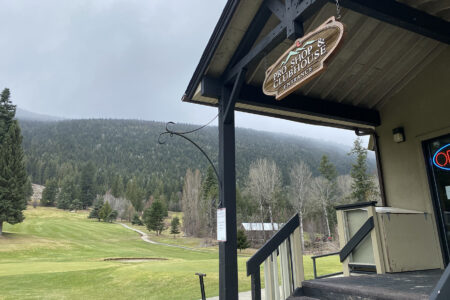Reform of public land management needed in Alberta to address competing demands and reduce politicization
Land management in Alberta and much of Western Canada can be enhanced if policies ensure that property rights are well-defined and transferable, finds a new book released today by the Fraser Institute, an independent, non-partisan Canadian public policy think-tank.
“Disputes over the proper use of land have multiplied across Western Canada as population growth, increased oil and gas exploration, agricultural demands on the land, demands for more recreational use, increasing ecological sensitivity and other factors have exacerbated the potential for conflict,” said Mark Milke, co-editor of Ranching Realities in the 21st Century.
The book highlights ranching in the province of Alberta where 9.2 million acres of farm and ranch land is leased — by farmers and ranchers —from government with the rest held privately.
In Alberta — as in other jurisdictions throughout Canada and around the world — grazing, timber, recreation, mineral and environmental interests all vie to use the finite land resources.
On private land, these interests compete by bidding in the market, voluntary trade and negotiation for an optimal outcome.
On government-owned land (i.e., Crown land), land policy is often designed for political rather than scientific, environmental or economic interests.
Ranching Realities in the 21st Century spotlights the successes and limitations of various land management policies from Alberta, Saskatchewan, the United States and Australia.
In a series of five essays, the book examines a spectrum public land organizational structures including: government-owned –land, where government agencies own land and allocate use rights; leased land, where public lands are leased to individuals with a series of usage conditions; and fee-simple private ownership where the land is owned completely by the private property owner without any limitations or conditions.
The first two essays highlight historic and current land management policies in Alberta and Saskatchewan.
The author of those essays finds that, if Alberta wished to examine options to convert its millions of acres of leased land to fee simple private property, it wouldn’t have to look very far.
Since 2008, Saskatchewan has implemented a program that led to nearly half-a-million acres of public land sold to existing leaseholders and in some cases, to other parties if leaseholders chose not to renew their leases. The book’s authors explain why that sale was an improvement on the status quo.
“Land management is best put in the hands of the private property owners. After all, it’s they who have near-to-the-ground knowledge about the land and they are the ones who have an incentive to maintain the land in a sustainable manner for the long term,” Milke said.
The book also contains two essays that spotlight the ranching realities in the United States.
Federal control over large portions of grazing lands in the American west means that debates over “who gets to do what” on the land are ultimately determined through political or legal process rather than a market process.
As a result, disputes are ridden with acrimony, litigation and in some cases even violence and intimidation.
“Currently, environmental groups and other competing user groups effectively have no way to bargain with livestock owners to acquire grazing rights. Their ability to trade is prohibited or severely limited under federal grazing policies,” Milke said.
Some U.S states have State Trusts — trusts whereby revenues generated from the land leases are used to pay for public schools, hospitals, and other state institutions. But, while trust agencies have a mandate of maximizing revenues, their outcomes are far from efficient.
For example, measurements from landscapes adjacent to government owned lands — including State Trusts — suggest that private lands can earn much more per acre, sustain more livestock and can lead to better environmental protection of ecologically sensitive lands.
The final essay in the series looks at Australia.
It notes that in the past, management of the competing uses of rangelands resources was driven by an institutional structure that resulted in overgrazing and resource degradation. Recent reforms including lengthening the period of leasehold tenure, the encouragement of private sector conservation initia¬tives, and the determination of ‘native title’ have mitigated this past pattern of ecological decline.
“There are important lessons that Alberta can learn from other jurisdictions around the world. On Alberta’s 9.2 million acres of Crown land, land rights are not perpetual nor guaranteed for any length of time, reducing the incentive for lease-holders to invest in future productivity,” Milke said.
Story originated at The Nelson Daily






















